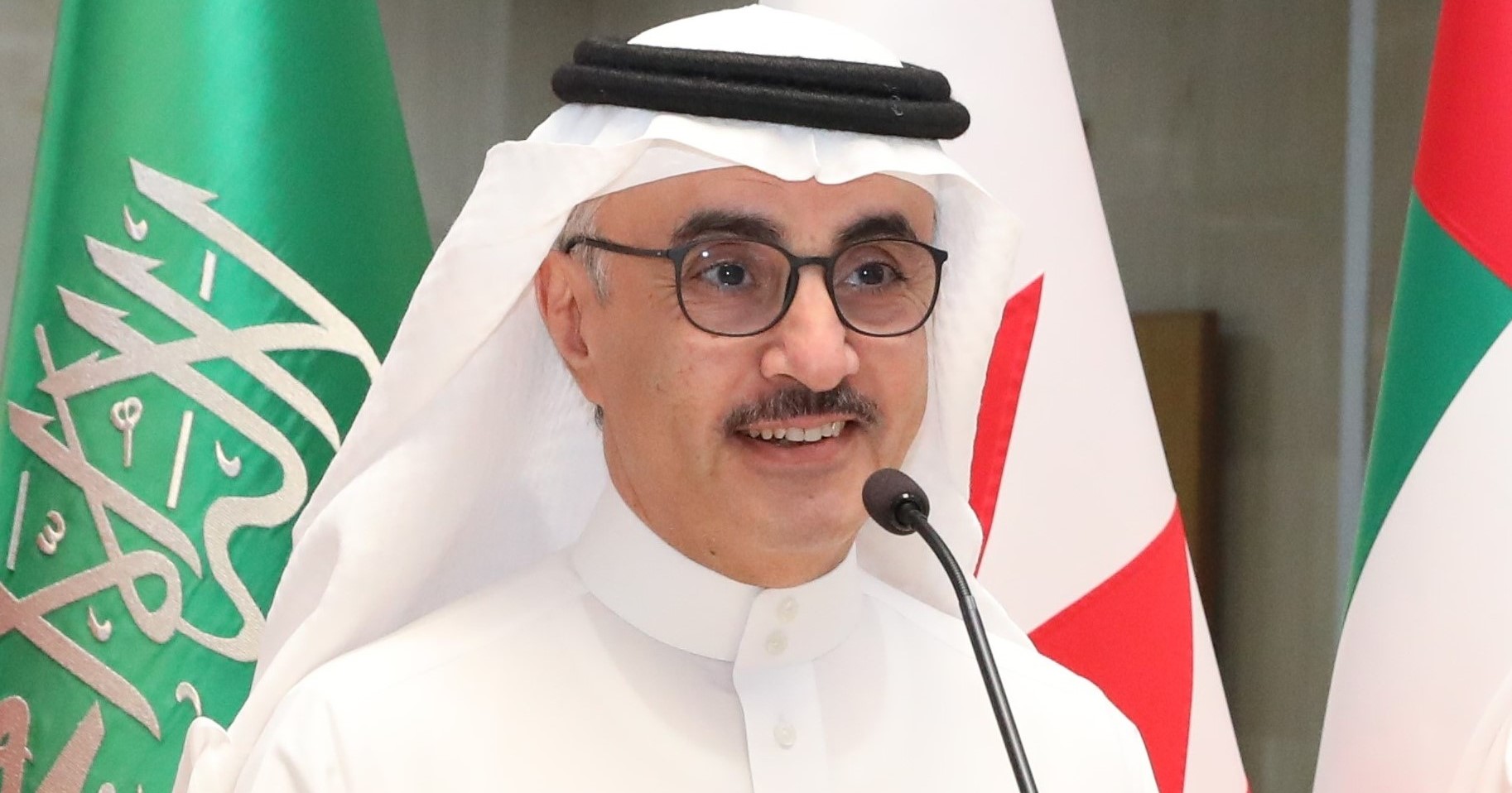
A Strategic Initiative to Ensure High-Quality Operations: New Organisational Structure at the Arabian Gulf University Approved
Arabian Gulf University
31 Oct, 2024
His Excellency Dr Saad bin Saud Al Fuhaid, President of the Arabian Gulf University (AGU), has announced the approval of the university’s new organisational structure, designed to streamline its administrative operations within a comprehensive framework that clarifies roles and responsibilities. This structure and its accompanying organisational guide represent a strategic step towards ensuring that the university operates at the highest standards of quality. It provides a reference for decision-makers and staff, outlining the duties of various departments, colleges, councils, centres and units, as well as clarifying administrative jurisdictions according to different organisational levels.
The aim of this structure is to enhance coordination among administrative units and prevent task overlap, thereby improving performance quality and achieving the university’s strategic objectives. It ensures the effective organisation of operations and a clear understanding of roles and responsibilities among employees, supporting the implementation and development of strategic plans.
The adoption of this new organisational structure reflects AGU’s vision to reinforce its position as a leading academic and research institution in the region. It also aligns with the university’s commitment to advancing its organisational framework in accordance with the best global practices in higher education and university management.
In this regard, Dr Al Fuhaid emphasised the significance of the structure as a qualitative addition that contributes to enhanced operational efficiency and reinforces principles of transparency and accountability in administrative performance. He outlined the university’s ambition to create a sustainable and innovation-friendly work environment through strengthened coordination between various departments and units, ensuring clarity in powers and responsibilities.
Furthermore, the structure and organisational guide establish a hierarchical framework for responsibilities at both the academic and administrative levels, detailing the reporting relationships among colleges, departments, and units. According to the new organisational guide, the structure establishes two vice-presidential roles: Vice President for Academic Affairs and Research, tasked with ensuring the university’s academic and research excellence by overseeing and developing academic programmes, fostering a research-friendly environment, and supporting scientific innovation to fulfil the university’s strategic vision. The Vice President for Support Services and Institutional Support is responsible for ensuring effective administrative and operational support across all university units, aimed at enhancing institutional performance and excelling in the delivery of academic and research services.
Under the new organisational structure, several administrative units have been established, including an Internal Audit Unit focused on enhancing transparency and accountability while improving the efficiency of administrative and financial processes through independent audits. In addition, a Legal Affairs Unit has been created to provide comprehensive legal support, ensuring compliance with laws and safeguarding the university’s interests, while promoting sound governance practices.
The efforts of the Media Department and the Public Relations Department have been combined into a Corporate Communications Unit, aimed at enhancing the university’s image and reputation at both the regional and international levels through integrated marketing strategies and public relations that support the achievement of the university’s goals and expand its presence across various sectors.
The Quality Assurance Centre has been updated to become the Quality Assurance and Strategic Planning Centre, with the goal of achieving institutional excellence through the promotion of a culture of quality and excellence, developing effective strategic plans that support the university’s objectives and ensure continuous improvement in academic and administrative performance.
In response to the challenges of communication and digital technologies, the Information Technology Department has expanded to include new offices and units, such as a Cybersecurity Office, a Technical Project Management Office, and a Networks and Infrastructure Unit.
Concluding his statement, Dr Al Fuhaid affirmed that the university will continuously monitor the implementation of the new organisational structure through ongoing oversight mechanisms and will provide the necessary resources and training for staff. He expressed hope that this organisational guide will serve as a cornerstone for the university to fulfil its developmental plans, thereby meeting the aspirations of Their Majesties and Highnesses, the leaders of the GCC states, and contributing to the comprehensive development trajectory of the Arabian Gulf community.
